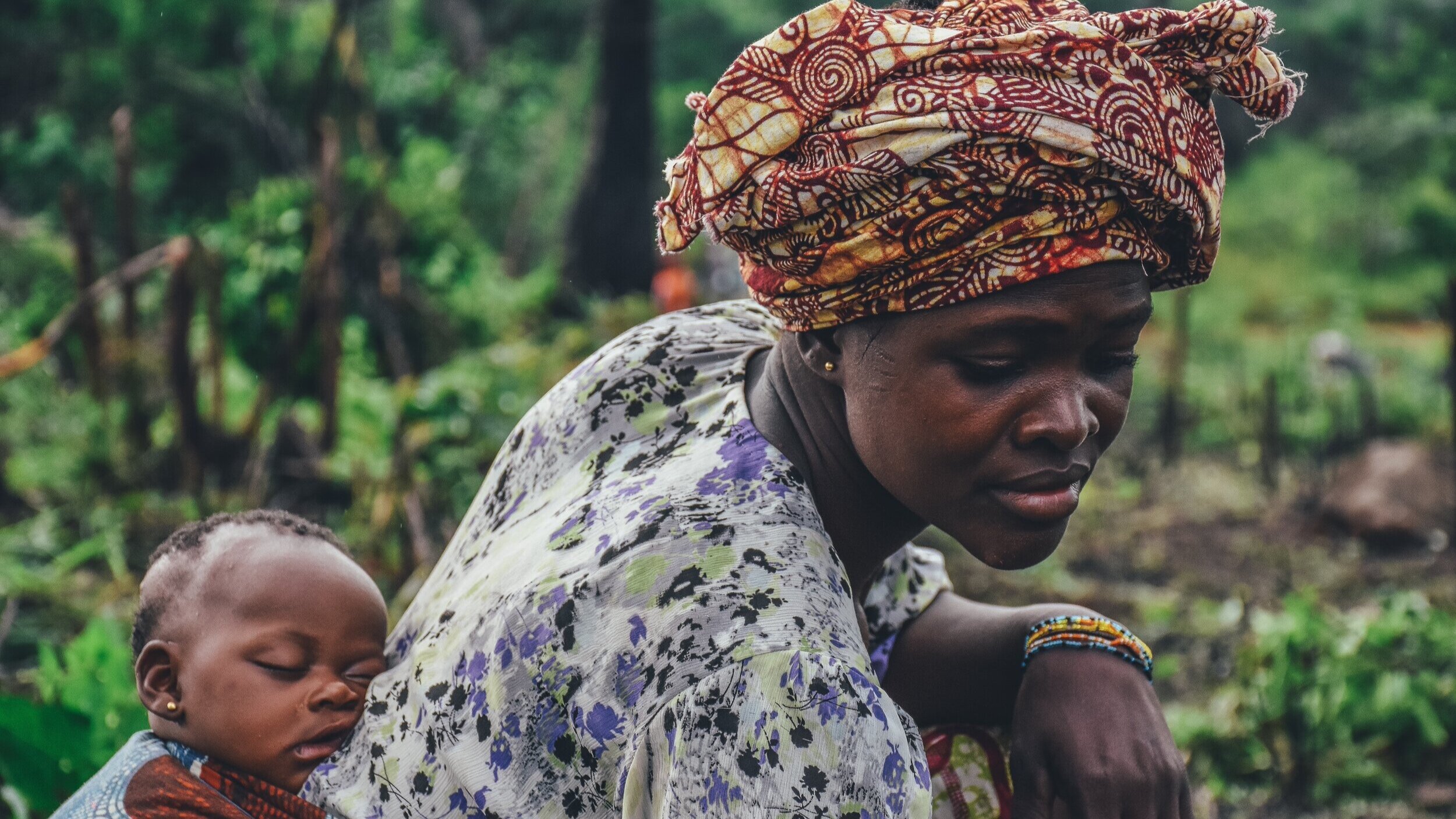Families across the globe are losing parents and children in surgeries that shouldn’t be dangerous. The SAM will dramatically reduce patient deaths in the poorest 1/3rd of the world’s population.
The death rate from general anesthesia is as high as 1 in 150 in some parts of sub-Saharan Africa.
This is contrast to the developed nations of the West, which sees
death rates of less than 1 in 200,000.
This means that just the medication
alone - apart from any other difference in surgical training or operating
facility - is over 1,300-times more likely to kill you depending on where you
live.
Unsafe anesthesia is responsible for 1 in 7 maternal deaths during or after c-section in the developing world.
Additionally, more than 289,000 women die every year in childbirth and approximately a quarter of maternal deaths - as well as infant deaths and disabilities that result from obstructed labour, haemorrhage and infection - could be avoided if safe surgery and anesthesia were universally available.
World Health OrganizationThe death rate from anesthetics dropped exponentially in the West with the wide application of pulse oximetry.
The introduction of these measures in anaesthesia providers in
high-income
countries has reduced maternal death from anaesthetic complications to very low
levels.
Deaths dropped from 1:10,000 in the early 1980s to 1:200,000 in the 1990s.
Sustainable provision of emergency and essential surgical care and anesthesia is a critical part of integrated primary health care. It lowers mortality and disability, reduces deaths resulting from birth defects, and prevents other negative health outcomes arising from the burden of injuries and diseases. The SAM will make this possible.
At least 4·8 billion people do not have access to surgery.
It comes down to where you live. More than 95% of the population in
south
Asia and sub-Saharan Africa do not have access to care. For most, they live too
far away
from a surgical unit to safely access it in an emergency or crisis.
Less than 5% of the population in Australia, high-income North America, and
western
Europe lack access.
More than 2 billion people are unable to receive surgery based on operating theatre density alone.
This is an issue of capacity. On average, across sub-Saharan
Africa, a
population of 10,000 is served by two doctors and 11 nursing and midwifes.
The same 10,000 population in Europe are served by 32 doctors and 79 midwives
(over 11
times more surgical units & physicians).
Of the annual 1/4 billion surgeries/year worldwide, merely 3.5% are done on the world’s poorest 1/3rd.
Yet every year, more than 100 million people sustain injuries globally, more than five million people die from violence and injury, and 90% of the global burden of violence and injury mortality occurs in low- and middle-income countries.
Join #TheSAMGlobalTeam to learn more about how you can save lives around the world.
Join #TheSAMGlobalTeam
